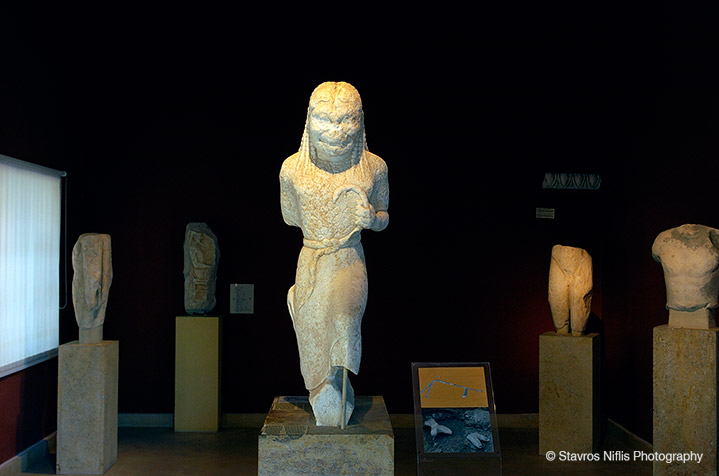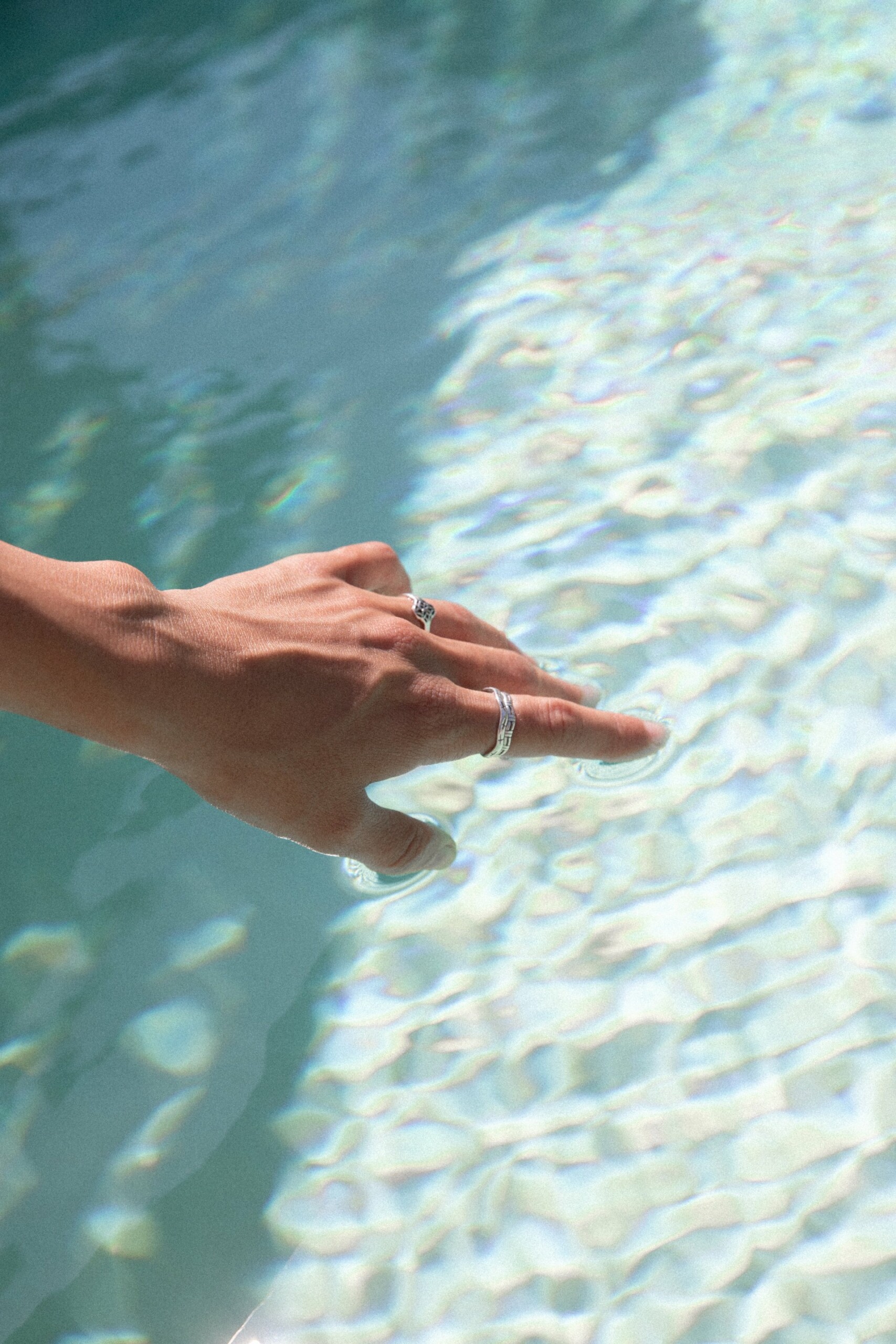
The Archeological Museum of Paros is one of the most significant museums worldwide regarding sculptures of the archaic and classic period, with the one of the largest collections of sculptures of the 6th-5th cent. b.C. It consists of two big indoor wings and a small room with the exhibits of Despotiko, while the sheltered arcade and yard is used as an exhibiton area. The exhibits except of sculptures are many and cover all time periods, from the Neolithic up to the Roman era.
Its rooms house masterpieces of ancient sculpture, such as Gorgo,Niki, the archaic ”kouroi” and ”kores” , the seated statue of Artemis, tomb inscriptions , anthemion columns ans many ceramics and various findings from santcuaries and cemeteries.
Collections:
Room A: Archaic and Classical Sculpture
Room B: Neolithic, Early Cycladic, Mycenaean, Geometric, Archaic, Classical, Hellenistic and Roman findings (pottery, sculpture and small finds).
Atrium: Sculptures, architectural parts, urns, and Roman mosaic floor.
The Archaeological Museum of Paros was founded in 1960, in a room built next to the High School of Parikia. It is one of the most important museums in Greece because of its exhibits, which were found in excavations on Paros and Antiparos.
These findings date from the Neolithic period to early Christianity, and include: the Nike of Paros, Cycladic figurines, mosaics, the Archaic marble statue Gorgon (according to the myth, Gorgon was a monster that terrified and petrified those who faced it), kouroi, the poet Archilochus, amphorae from a Parian workshop, deities, and many more.
The Archaeological Museum of Paros features findings from the pottery and marble sculpture workshops of the island, while statues and sarcophagi dating back to the Classical and Roman era, as well as mosaics discovered in Panagia Ekatontapiliani are exhibited in the atrium.
The important exhibits of the museum include:
Marble statue of Gorgon (Museum No. 1285), height 1.35 meters. It is almost entirely preserved. Dating from mid 6th century BC, the statue was the central ornament of a temple and was found in an ancient public building in Parikia.
Two marble relief plates (Museum Nos. 758-759), from the Memorial of Archilochus. Archilochus is depicted on his deathbed on one of the plates, while a lion devours a bull on the other. The relief plates were found embedded into the floor of the atrium of Katapoliani, and date back to the 6th century BC.
Colossal marble statue of Artemis (Museum No. 1251) from Delian of Paros, height with plinth 2.74 meters. It was the worship statue of the temple, of the same type as the Archaic kore with chiton, and dates from 480-490 BC.
Marble statue of Nike (Museum No. 245), height 1.35 meters. The head, arms and wings of the statue are missing. It was found in the Kastro of Parikia, Paros, and dates from 470 BC.
Marble statue of an enthroned goddess (Museum No. 162), height 1.57 meters. The head and arms of the statue are missing. It was found in Agairia, Paros in 1885, by Loewy.
Marble Ionic capital dating from the 6th century BC (Museum No. 733). Crowning of a votive column from the Memorial of Achilochus. It bears an inscription referring to the foundation of the monument by Domikos (4th century BC).
Neolithic figurine of a woman sitting with crossed legs with her hands under her chest (Museum No. 886), height 0.055 meters. Found on Saliagos island.
Marble statue of a kore with chiton (Museum No. 802), height 0.86 meters. It was found at Protoria in Naoussa and dates from the 6th century BC.
The Archaeological Museum of Paros is considered a “must see” for visitors to the island.
Telephone: 22840-21231
Opening Hours: Every day except Monday (8.00 – 15.00)
